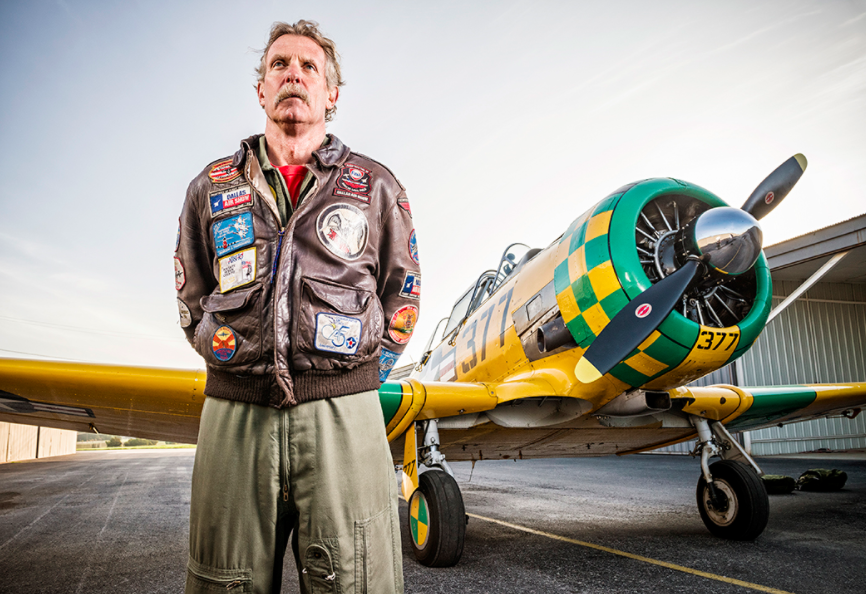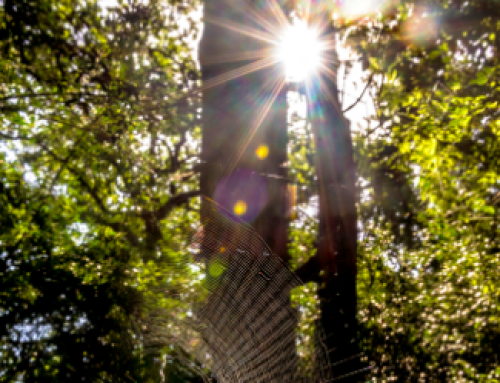
Photo courtesy Southwest Airlines
Most residents of Dallas, home to two major airports, and quite a few smaller ones, are at ease in commercial airplanes. We yawn and sleep or read and tap keyboards, occasionally looking out the window, barely impressed with the 35,000 feet of ether between us—zooming in this massive metal machinery — and the earth below. At best, aviation is thrilling, albeit nerve wracking. At worst, it brings on dread, nausea and need for sedatives. Nerves, normally, we can fold, tight as the legroom on Spirit, and shove into the seatback—that is until an image on the news, a headline, hits us hard and sends our hearts plummeting. And Dallas has seen its share of terror-inducing incidents of late.
Dallas-based Southwest airlines endured a horrifying few weeks. Late last month, an engine blew up and a passenger was sucked halfway through the broken window of a plane leaving New York City. Crew and fellow travelers tried to help the 43-year-old mother of two—pulling her legs even as the plane depressurized and descended some 20,000 feet in five minutes. But Jennifer Riordan died from injuries. “There was a lot of blood because she was hit by some of the shrapnel coming off the engine after it exploded,” one passenger told the New York Times.
A Southwest Airlines plane made an emergency landing at Dallas-Fort Worth International Airport—its destination was Love Field—late Monday night. A spokesperson told WFAA that a cockpit instrument indicated one of the flaps might not fully have extended, which established protocol that would require a higher speed at touchdown. In an abundance of caution, the Captain elected to utilize the longest available runway at nearby DFW.”
And while Southwest suffered the stuff of nightmares, we experienced catastrophe even closer to home last week.
Our sister magazine, the East Dallas/Lakewood Advocate magazine two weeks ago was working on a story about local lawyer, author and vintage plane enthusiast Steve DeWolf.
Bursting with ambition and intelligence, glowing with this adventurous and creative spirit, the guy loved life and lived it fully and fearlessly. He told the Advocate that he dealt with a 1991 breakup by splurging $80,000 on an old open-cockpit biplane, a PT-17 Stearman. “I’ve loved it ever since,” he told reporter Lisa Kresl.
He stored that and his T-6 Texan, built in ’42, at the Dallas Executive Airport, formerly Redbird. For him, he said, flying made him feel “like a million bucks.”

Photos by Danny Fulgencio
Later that week, the Advocate’s photo editor, Danny Fulgencio, with great gusto and admittedly a touch of butterflies, buckled into the passenger seat of DeWolf’s T-6 Texan as the pilot prepped for takeoff. It was a perfect day that resulted in striking images from 15,000 feet above our city.
Both photographer and pilot knew the perils that come with such adventures; both were willing, eager, to take those risks. There were a couple times Fulgencio felt a bit uneasy, he says. But all turned out swimmingly in the air and on land that day.
Just a few days later, DeWolf was dead. He and passenger Charles Skoda died when the T-6 Texan crashed at Naval Air Station Kingsville shortly after takeoff, according to the Caller Times.
Shock. That was the first thing Fulgencio felt when he got the text from Kresl late that night. “I felt so bad for his family, his son,” he says. Later he also dealt with the understanding that “it could have been me.”

DeWolf stands aside his pride and joy, a T-6 Texan, one of two vintage planes he owned, about a week before his death. Photo by Danny Fulgencio
At DeWolf’s memorial service, Kresl says a prominently displayed photo made mourners smile. It was the portrait her coworker took just a week earlier, of DeWolf donning a bomber jacket and cargo pants, his greying hair and moustache mussed, standing tall, proud aside his green and yellow WWII-era aircraft.






Leave A Comment